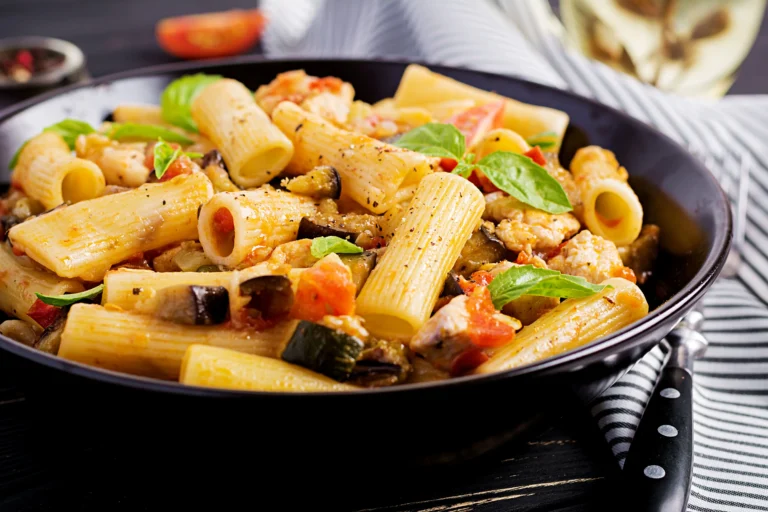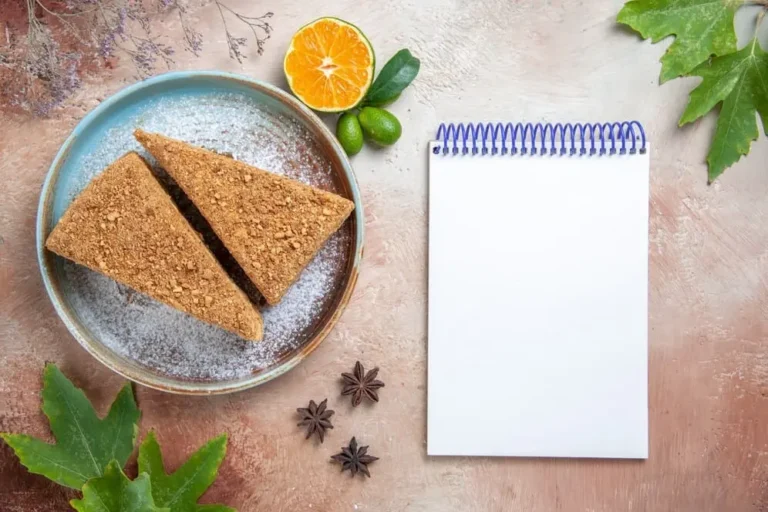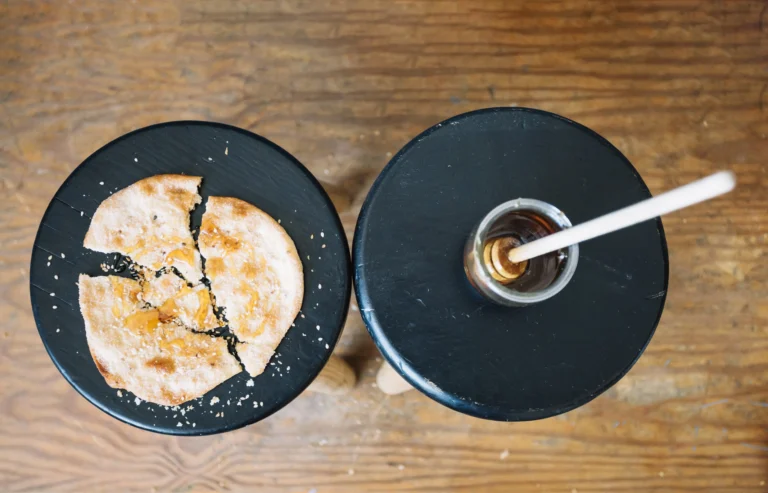Bottarga: A Guide to Italy’s Flavorful Cured Fish Roe
Bottarga is an Italian delicacy with a salty, savory flavor and firm texture. Made from mullet or tuna roe, bottarga has gained wide use as an ingredient in pasta recipes, like spaghetti alla. it is one of the most sought-after ingredients worldwide, and this article discusses what bottarga is, how it’s made, popular recipes, and where to find it.
In Italian, it is called di muggine, and the seafood product is mostly prepared from the cured fish roe of grey mullet or tuna. The seafood is gained by drying and curing the fish eggs to create a hard orange-colored block that can be grated or thinly sliced. It’s an umami-rich addition that can add uniqueness to different dishes, especially pasta.
Meaning and Origin of Bottarga
The term comes from the Arabic word “butārikh,” which means salted fish roe. it has a long history, particularly in the Mediterranean regions of Italy, where it is fêted in Sardinian and Sicilian cuisine. In English,it is often referred to as “Mediterranean caviar” because of its characteristic salty flavor and texture.
Types of Bottarga
There are two types:
- Mullet Bottarga: Grey mullet roe, fragile with salty taste and mostly used.
- Tuna Bottarga: Tuna roe, has a much bolder flavour and color compared to that of mullet.
Both kinds are very popular and bottarga sardinian is quite famous in Italy followed by bottarga di orbetello. You can easily get both kinds in most specialty stores or online at retailers like Whole Foods.
How to Use Bottarga in Cooking
Use the grated it on top of pasta for a savory twist on simple dishes like spaghetti alla bottarga. Here are a few more ways to incorporate into your cooking:
1. Bottarga Pasta
it is also compatible with pasta. Pasta con la bottarga, or pasta e bottarga, is one of the most popular Italian dishes wherein grated it gives out a salty rich flavor. The beauty of these dishes lies in not over-fussing them so the bottled flavor comes out best.
2. Bottarga Sauce
For a slight twist, mix it into sauces to make pasta or seafood dishes deep. its butter is one of the favorites as it combines grated it with melted butter and tosses it together with pasta for a silky, flavored sauce.
3. For Topping
It can be thinly sliced or grated on top of vegetables, scrambled eggs, or even pizza, for a taste with umami.
For more about its recipes, you may look at the Quora page on it.
Classics to Try Bottarga Recipes At Home
For the bold and eager-to-taste it at home, here are some classics:
Spaghetti alla Bottarga Recipe
Ingredients
- Spaghetti
- Bottarga, grated
- Olive oil
- Garlic
- Red pepper flakes
- Lemon zest
Instructions
- Cook spaghetti in boiling, salted water until al dente.
- In a pan, heat the olive oil with garlic and red pepper flakes.
- Toss the pasta cooked in oil mixture then add lemon zest and sprinkle grated it.
- Serve immediately with additional it on top.
Bottarga Pasta Variations
Spaghetti Limone Bottarga: Add lemon juice for a refreshing, tangy flavor.
Pasta Bottarga with Anchovies: Add anchovies for added umami.
Bavette con Bottarga: A Sardinian specialty, using a flat pasta shape like bavette.
How to Buy and Store Bottarga
it comes in a whole block or pre-grated. Although whole foods are sold in many gourmet shops, you can also find it online in stores that sell Italian food. To store it, keep it in an airtight container in the refrigerator, where it can last several months.
FAQs
Q1: What is bottarga in English?
In English, it is cured fish roe, often called “Mediterranean caviar.”
Q2: What is the taste of bottarga?
it is salty and savory but also has a hint of sea-like taste, just like in anchovies but softer.
Q3: Is bottarga expensive?
Yes, because much labor-intensive production is used in making it.
Q4: Is there a possibility of consuming it raw?
It is usually cured, are consumed without more cooking. They can be grated or thinly sliced.
Q5: In the past, what is the usage of bottarga?
You can grate it over pasta with olive oil, garlic, and lemon zest for a very simple, tasty dish.
Conclusion
It is a versatile and delicious ingredient that brings the flavors of the Mediterranean to your kitchen. Whether you’re adding it to spaghetti con bottarga, creating a its sauce, or experimenting with other recipes, it has rich taste and unique texture make it a delightful addition to any dish.







